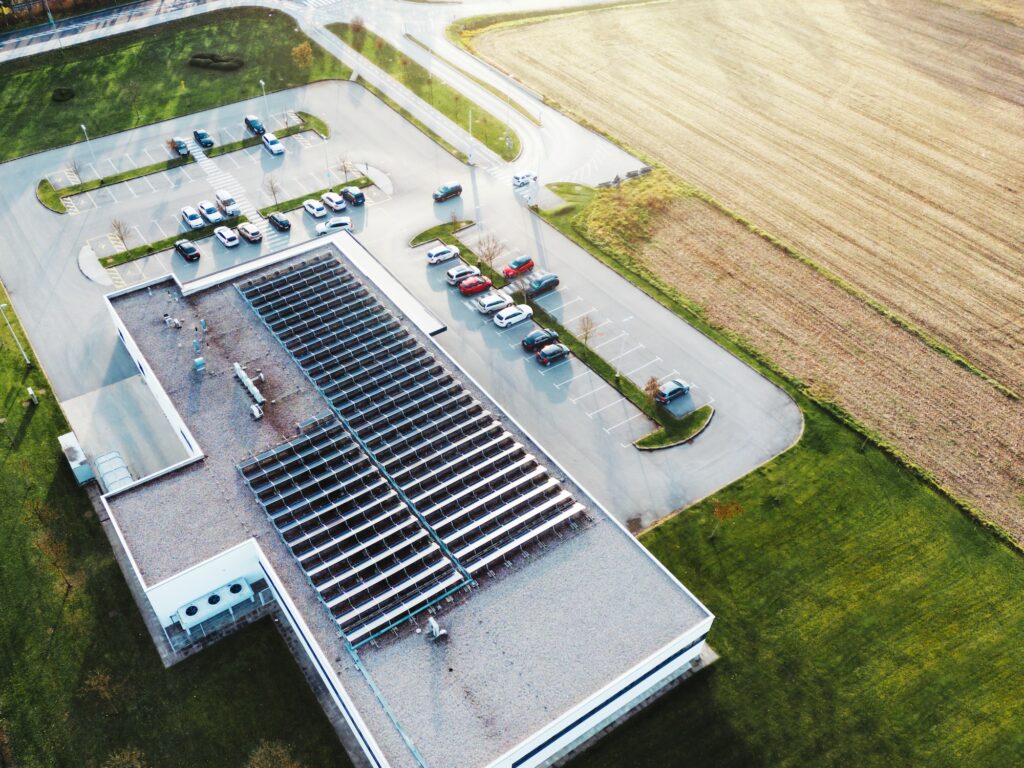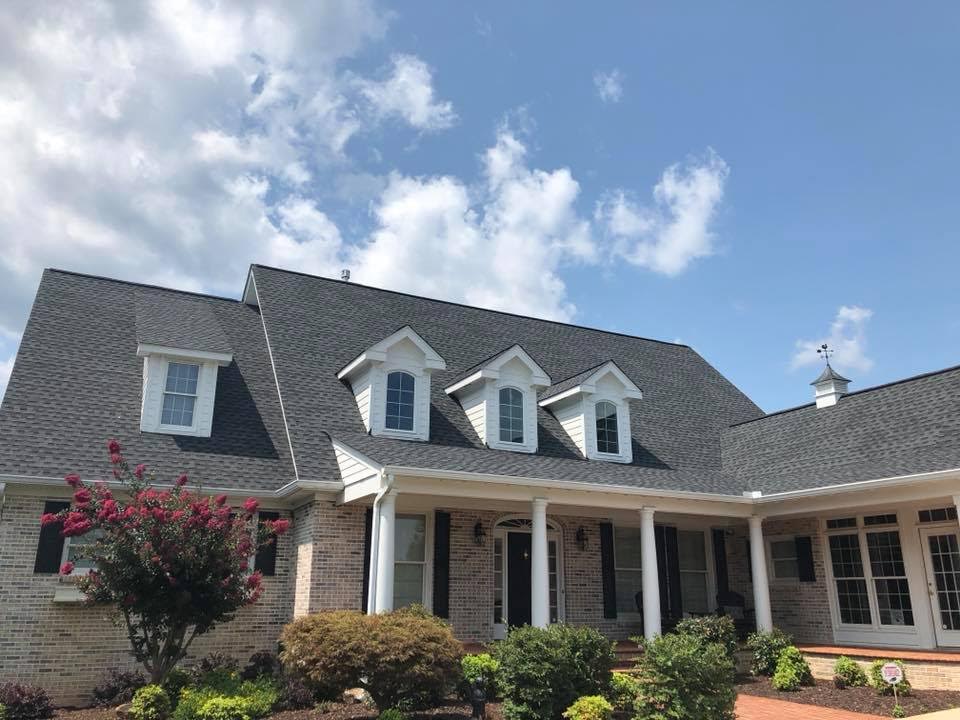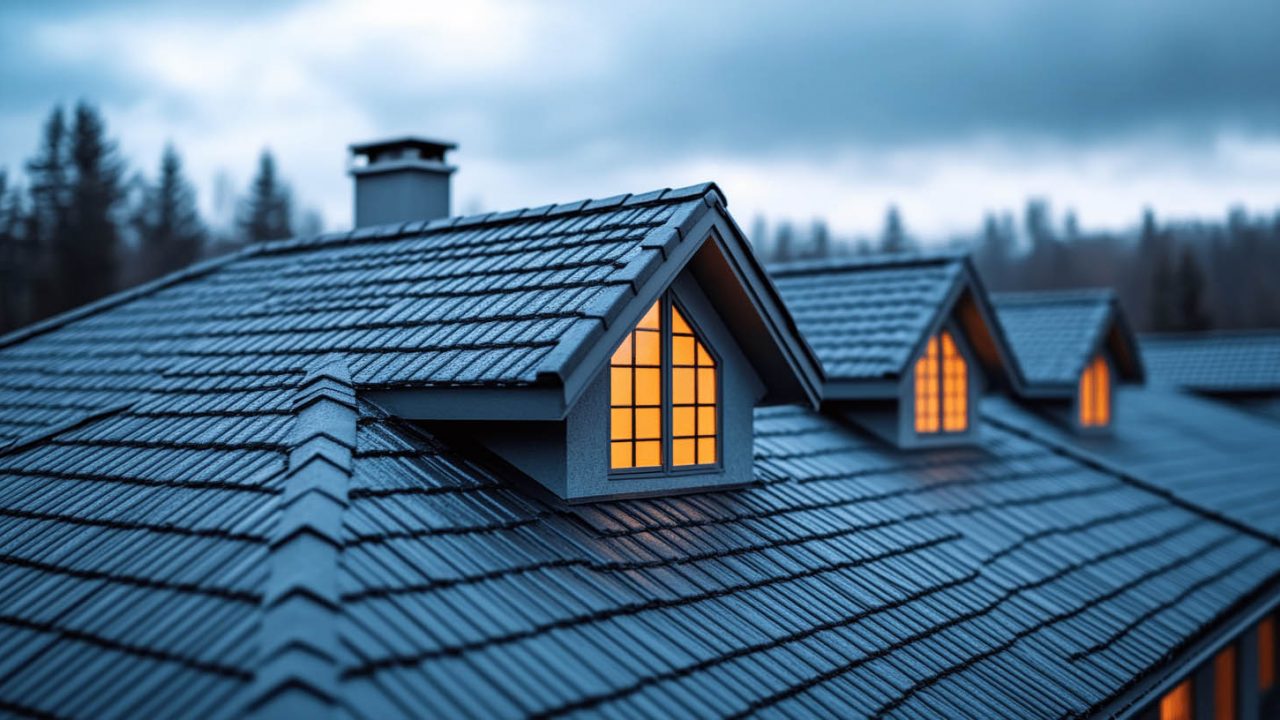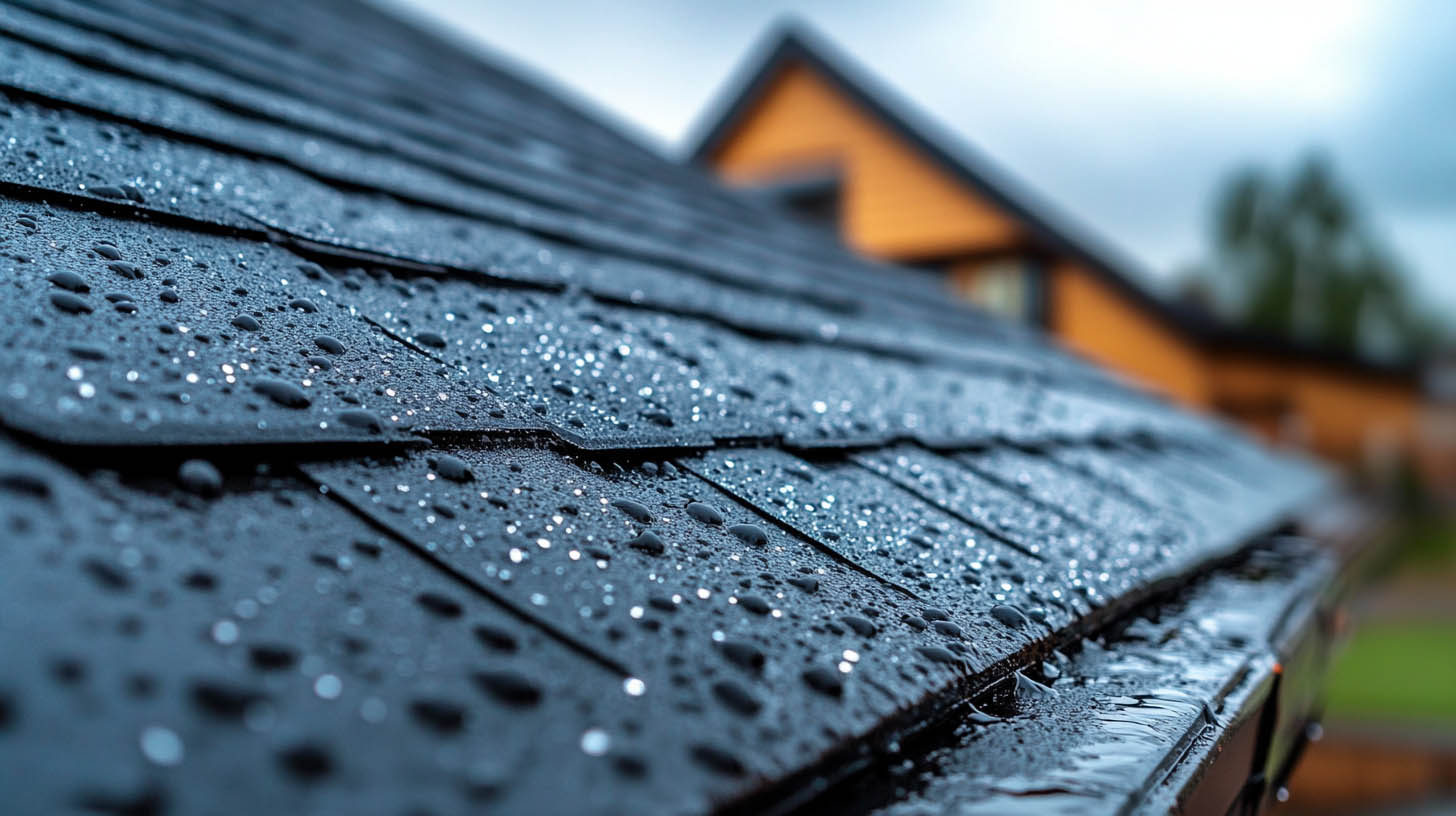The primary job of flat roofing material is to create a barrier impenetrable to water. Flat roofing lacks the benefit of a steep pitch to roll water away, making it essential to avoid seams at all costs. There are several watertight options available in the market today. At United Contracting & Roofing LLC in Greenville, SC, we provide insights into different roofing systems and their compatibility with various building types.
Built-Up Roofing (BUR)
The built-up roof, or BUR, is a traditional and relatively inexpensive option for commercial buildings. Known as the hot-tar-and-gravel roof, it consists of layers of membrane felt rolls bonded with hot asphalt, typically topped with gravel for added durability. BUR roofs can withstand heavy foot traffic and may include a reflective coating instead of gravel for enhanced energy efficiency. This roofing system generally lasts 15 to 20 years.
Roof Coating
A spray-on roof offers an easy installation for commercial roofing systems. It requires minimal prep work and can be applied over an existing roof, ensuring a seamless coating. Although this option can be more costly depending on the application type, it provides an efficient and quick solution.
Modified Bitumen
Modified bitumen is a peel-and-stick material installed using a torch or cold adhesive. This labor-intensive option involves layers and sometimes hot asphalt. It is not recommended for occupied buildings, although newer technologies have made the process easier. Bitumen, coated with a mineral surface, reflects heat and improves energy efficiency. Properly installed, modified bitumen roofs last 10 to 20 years.
PVC Membrane
PVC membrane roofing is known for its durability. Installation involves two phases: a layer of insulation board to improve energy efficiency, followed by the PVC membrane welded at the seams and mechanically secured at the edges. White PVC can reduce energy costs by reflecting sunlight. This roofing system typically lasts 15 to 30 years, depending on environmental conditions.
EPDM
Ethylene propylene diene monomer (EPDM) resembles a tire inner tube. Installing EPDM involves placing large, rubber sheets on the roof, avoiding seams. Handling the large rolls can be challenging, and it’s crucial to prevent air bubbles during installation. EPDM roofs last 15 to 30 years, offering an effective option compared to other materials.
TPO
Thermoplastic polyolefin (TPO) is a single-ply roofing membrane made from sheets of rubber and other synthetics. These can be ballasted, mechanically fastened, or chemically adhered to the insulation. TPO is known for its weathering abilities and tear resistance, with a lifespan of up to 30 years depending on weather patterns.
Work With a Professional
Selecting the best flat roofing system for your building depends on your budget, desired lifespan, and aesthetic preferences. Consulting with a local contractor can help narrow down options and provide valuable design and material advice. For an assessment and expert guidance, contact United Contracting & Roofing LLC.
Conclusion
Choosing the right roofing system involves understanding the various options available and their compatibility with your building’s needs. Whether considering BUR, roof coatings, modified bitumen, PVC membrane, EPDM, or TPO, each system offers unique benefits and longevity. Partnering with a professional ensures that you select the most suitable roofing solution for your commercial property.If you want to know if certification is required to be a commercial roofer, click here.








